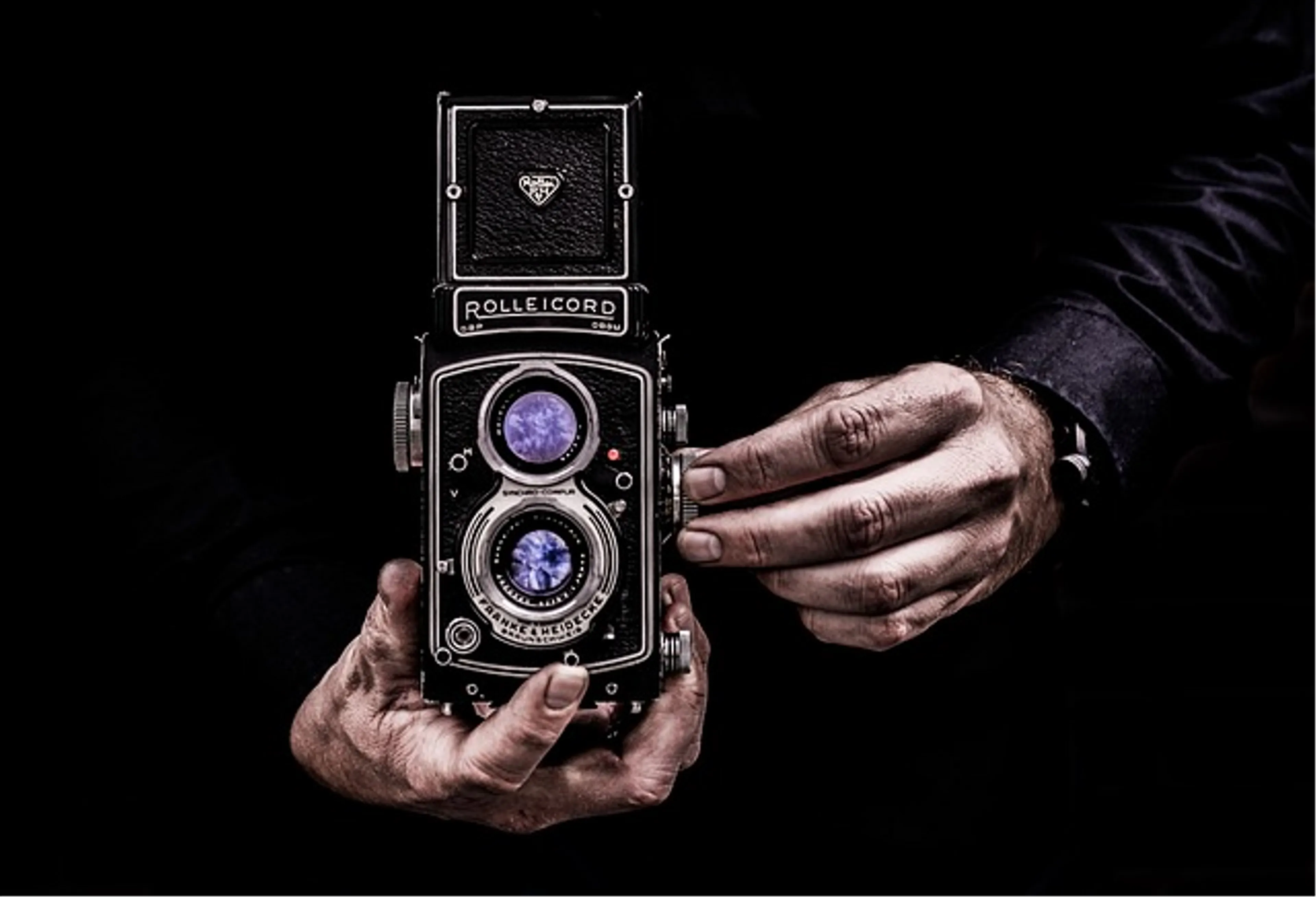In the world of digital photography, camera image quality is a multifaceted concept that extends well beyond the mere number of megapixels a camera sensor can boast. While megapixels play a role in determining image resolution, they are just one piece of the puzzle. True image quality is influenced by an array of factors that collectively contribute to the final visual output.
Sensor Size and Resolution:
While megapixels often grab headlines, the size of a camera's sensor is equally, if not more, important. Larger sensors, such as those found in full-frame cameras, allow for greater light sensitivity, reduced noise, and improved dynamic range. The synergy between sensor size and resolution determines how much detail a camera can capture while maintaining clarity.
Dynamic Range and Exposure Latitude:
Dynamic range refers to the camera's ability to capture a wide range of tones, from the deepest shadows to the brightest highlights. A camera with good dynamic range retains details in both dark and bright areas, resulting in more balanced and lifelike images. This factor becomes particularly crucial in high-contrast scenes, where preserving details can make or break a photograph.
Noise Control and Low-Light Performance:
The level of noise in an image can significantly impact its quality, especially in low-light conditions. Advanced noise reduction algorithms and larger pixels can help mitigate noise, leading to cleaner and more visually pleasing images. Cameras with impressive low-light performance excel in situations where available light is limited, such as nighttime photography or indoor settings.
Color Accuracy and Depth:
The accuracy and richness of colors contribute significantly to image quality. Cameras with superior color science reproduce hues faithfully, enhancing the overall visual experience. Moreover, the depth and vibrancy of colors can lend an image a sense of realism and evoke specific moods or emotions.
Lens Quality and Optics:
A high-quality lens is paramount to realizing a camera sensor's full potential. The optical elements within a lens influence factors like sharpness, distortion, chromatic aberration, and vignetting. A well-constructed lens ensures that the image projected onto the sensor is as accurate and clear as possible.
Image Processing and Software:
Modern cameras employ sophisticated image processing algorithms that play a crucial role in final image quality. These algorithms handle tasks like noise reduction, sharpening, and color enhancement. The interplay between hardware and software optimization can significantly impact the outcome, allowing for fine-tuning and customization of the final image.
Auto-Focus Speed and Accuracy:
Fast and accurate autofocus is particularly essential for capturing dynamic or moving subjects. A camera's ability to swiftly lock onto a subject and maintain focus ensures that fleeting moments are captured with precision. Advanced autofocus systems contribute to sharper images, even in challenging shooting conditions.
Mechanical Stability and Vibration Reduction:
Camera shake can degrade image quality, especially when shooting at slower shutter speeds or using telephoto lenses. Vibration reduction mechanisms, both in-camera and in-lens, help counteract unwanted movements and contribute to sharper images.
Conclusion:
In the ever-evolving landscape of digital photography, camera image quality is a culmination of numerous factors that extend beyond the surface-level specifications. As technology advances, photographers have a wealth of tools at their disposal to elevate the quality of their images, from sensor advancements and noise reduction techniques to precision optics and intelligent image processing. Recognizing and understanding these multifaceted elements empowers photographers to capture moments with unparalleled clarity and artistic expression.


